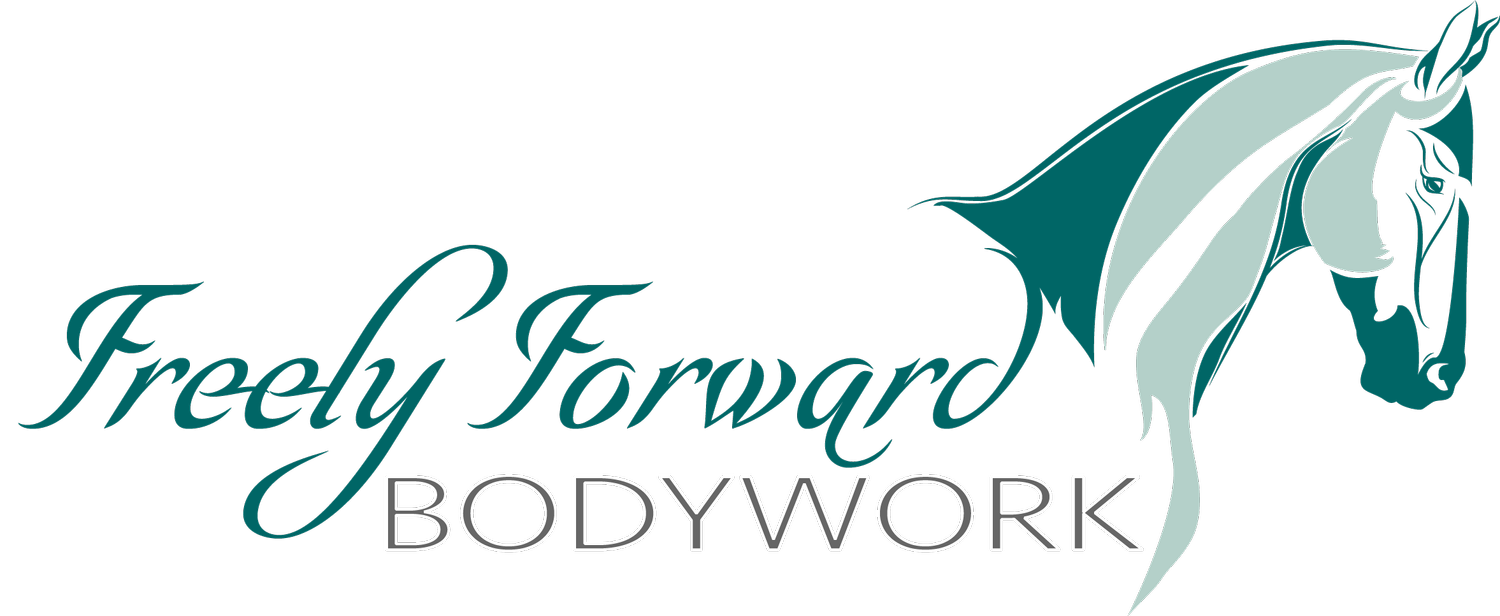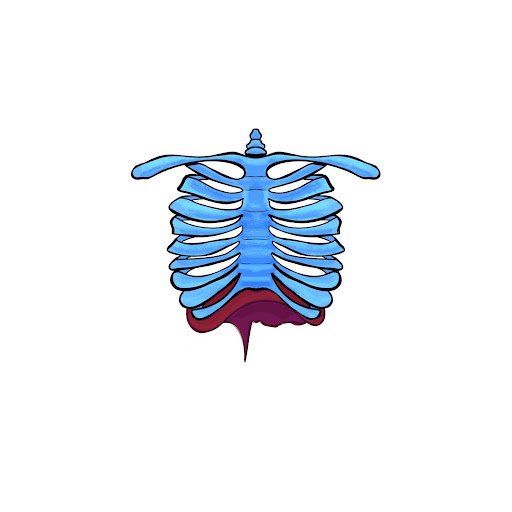How Your Hip Flexors are Affecting your Breathing While Riding
In my last blog, I highlighted the importance of diaphragmatic breathing for riders. And with this article, I am adding another layer to that concept: how your primary hip flexor, the iliopsoas, and your ability to diaphragmatically breathe are connected.
To give you some anatomical context, let me outline the iliopsoas and the diaphragm. The diaphragm is the primary muscle of breathing. This dome-shaped muscle contracts and flattens with every inhalation, creating a vacuum effect that pulls air into the lungs, then with every exhalation, it relaxes, and air is pushed out of the lungs.
The iliopsoas refers to the joining of psoas major and minor, and the iliacus muscle. These muscles have separate origins in the abdomen, but insert on the same place in the thigh. They are the primary hip flexors, which are key to riding as our hips are in constant flexion. They manage the back and forth movement of your hips, facilitating shock absorption from the horse’s movement. Therefore, relaxed, functional iliopsoas are essential to proper following mechanics.
While our bodies are interconnected, and no muscle acts alone, the iliopsoas and diaphragm are directly linked by where they attach. The diaphragm narrows into two tendons that run over the iliopsoas, where they all attach to the lumbar spine. For the iliopsoas and diaphragm to work harmoniously they must be stacked over each other, so they are in their most relaxed, neutral state. Ideally, the legs are close to neutral under the hips as well.
Try this to feel how the iliopsoas effects the diaphragm and your breathing ability: when hypertonic (or “tight”) the iliopsoas excessively curves the lumbar spine forward, producing a “swayback” appearance. Try tilting your pelvis forward, then taking a deep diaphragmatic breath in and out. You cannot breathe very deeply, and your breaths are unnatural. It feels like there is not enough room in your abdomen for your breath, and you have difficulty engaging your lower abdominal muscles to exhale.
Now, try tilting your pelvis all the way back, as far as you can, to mimic weakened iliopsoas muscles. Take another deep breath. Now, your abdominal muscles feel tight and typically, people start to “reverse breathe” in this stage. Finally, let your pelvis find a neutral position,and take a diaphragmatic breath. That feels much more natural, does it not? This demonstrates the importance of having a neutral pelvis when riding so that you can breathe efficiently.
Breathing is a necessary life function, yet doing so optimally while focusing on something as complicated as riding is challenging. By relaxing your iliopsoas and leveling your hips, you will take an important step toward enhancing your riding performance through improved breathing.
-Maija Luttinger, LMT


